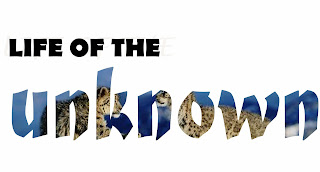Have a Roll over journey with the Roloway Monkey Roloway monkeys are easily recognisable for their long beards, with a black coat and white markings making it stand out from many of its Guenon relatives. However, orange markings on the back of the legs are common trade forthe Roloway Monkey. They tend to wander in groups ofanything between 15-30 at a time, and they east insects, fruits and seeds mostly. Facts time : Roloway monkeys are active during the daytime hours. These primates are highly social creatures, gathering in groups of 6 - 22 individuals, typically made up of a single leading male and numerous females with their offering. Grooming is a very important part of their lives, allowing to settle conflicts and display personal affection. These animals show aggression through a wide variety of ways, including grinning, pulling the lip, yawning, head bobbing as well as jerking their head and shoulders forward. Like humans, these primates...









Comments